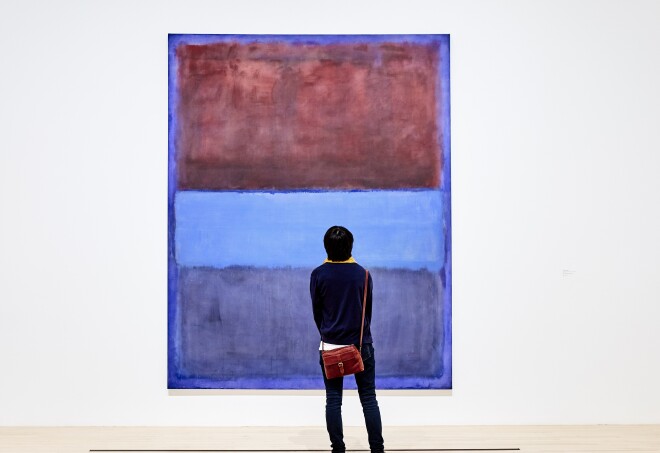Founded in 1979, the mission of this institution is clear—it’s committed to preserving, presenting, and interpreting art created after 1940. Its methods, however, are ever changing. Three distinct venues in the city shine a spotlight on forward-thinking artists of the 20th and 21st centuries. Start at the Grand Avenue location, arriving right at the 11 a.m. opening for a chance to contemplate Mark Rothko’s emotional color studies in peace. After exploring work by such artists as Robert Rauschenberg, Joan Miró, and Nijideka Akunyili Crosby (who created the mural that wraps around the building), grab lunch from Lemonade café to enjoy in the Sculpture Plaza. One mile away, the same general admission ticket gets you entry to the Geffen Contemporary at MOCA, which opened in Little Tokyo in 1983 after a renovation of a former police car warehouse by Frank Gehry; today, it hosts the museum’s more experimental exhibits. Architecture aficionados should also visit the third location, the MOCA Pacific Design Center, about 10 miles away in West Hollywood. (A fourth MOCA location, called Double Negative, requires much more of a detour—it’s a work of land art by Michael Heizer in the middle of the Nevada desert.) Art talks, screenings, and live music alongside food trucks make MOCA Grand and Geffen as much social venues as they are cultural ones. Pro tip: For an in-depth look at the collections, book the completely customizable educator-led tour (request a couple weeks ahead). For a livelier experience, visit on a Thursday from 5 to 8 p.m., when admission is free.
































